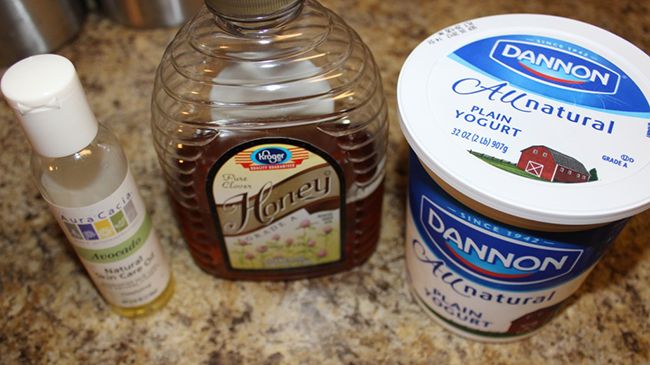Search Results: Maria Loggins

There are three hair treatments that all naturals should do post heat styling. These treatments add moisture back into the cortex of the hair strand, fill in any missing gaps in the cuticle, and increasing the hair’s elasticity.
Pre-poo
You might be thinking, why pre-poo my hair is straight and I do not have to detangle? Well, one of the main objectives of this process is to add moisture so when you shampoo all of the oils from the hair are not stripped. These are the key ingredients you should look for in your pre-poo:
- Water
- Daily conditioner or other products with emollients
- Humectants such as honey
- Oils
Protein treatments
Your hair is made up of a protein called keratin. Whenever heat is used on your hair it can remove keratin. A protein treatment can temporarily replace the bond, which is commonly described as filling in the gaps on the hair cuticle. In order for a protein treatment to be effective, it must contain hydrolyzed proteins. The size of the protein must be small enough to attach to the hair shaft. There are four types of protein-enriched treatments:
- Light protein treatments – Use on slightly damaged hair or routine treatments
- Protein packs – Use on slightly damaged hair or routine treatments
- Deep penetrating treatments – Use on moderately damaged hair
- Reconstructors – Use on severely damaged hair
This step is very helpful but not always necessary for all naturals. If you are protein sensitive, you can skip this and proceed to the next step. Listed are example of each types of protein conditioner.
- Light Protein Treatments: Aubrey Organics GPB and TreSemmé Keratin Smooth
- Protein Packs: Nutress Hair Moisturizing Protein Pack and Palmers Coconut Oil Formula Deep Conditioning Pack
- Deep penetrating treatments: It’s A 10 Miracle Deep Conditioner Plus Keratin, JessieCurl Deep Conditioning Treatment, and DevaCurl Heaven in Hair
- Reconstructors: Enjoy Instant Reconstructor , Giovanni Nutrafix Hair Reconstructor, and K-Pak Deep Penetrating Reconstructor
Deep conditioner
Deep conditioning can restore and maintain the elasticity of the hair. They are classified as deep due to the active ingredients ability to penetrate the cortex of the hair. Most deep conditioners require additional steps like longer wear and application of diffused heat from a hooded blow-dryer. The time required for the conditioner to be left on the hair and the additional heat increases the penetration of some ingredients into the cortex while helping other ingredients adsorb to the cuticle. Here is a list of ingredients that penetrate the cortex:
- Hydrolyzed wheat protein
- Hydrolyzed silk protein
- Centrimonium bromide
- Panthenol
- Coconut oil
In most cases simply placing a plastic processing cap or grocery bag over your head while deep conditioning is enough heat to active these ingredients. Note that hair is dead and does not regenerate. Therefore, all protein treatments can only temporarily repair the hair shaft to help prolong the hair’s longevity before eventually needing a trim or cut.
Read more: Does Natural Hair Need Proteins?

